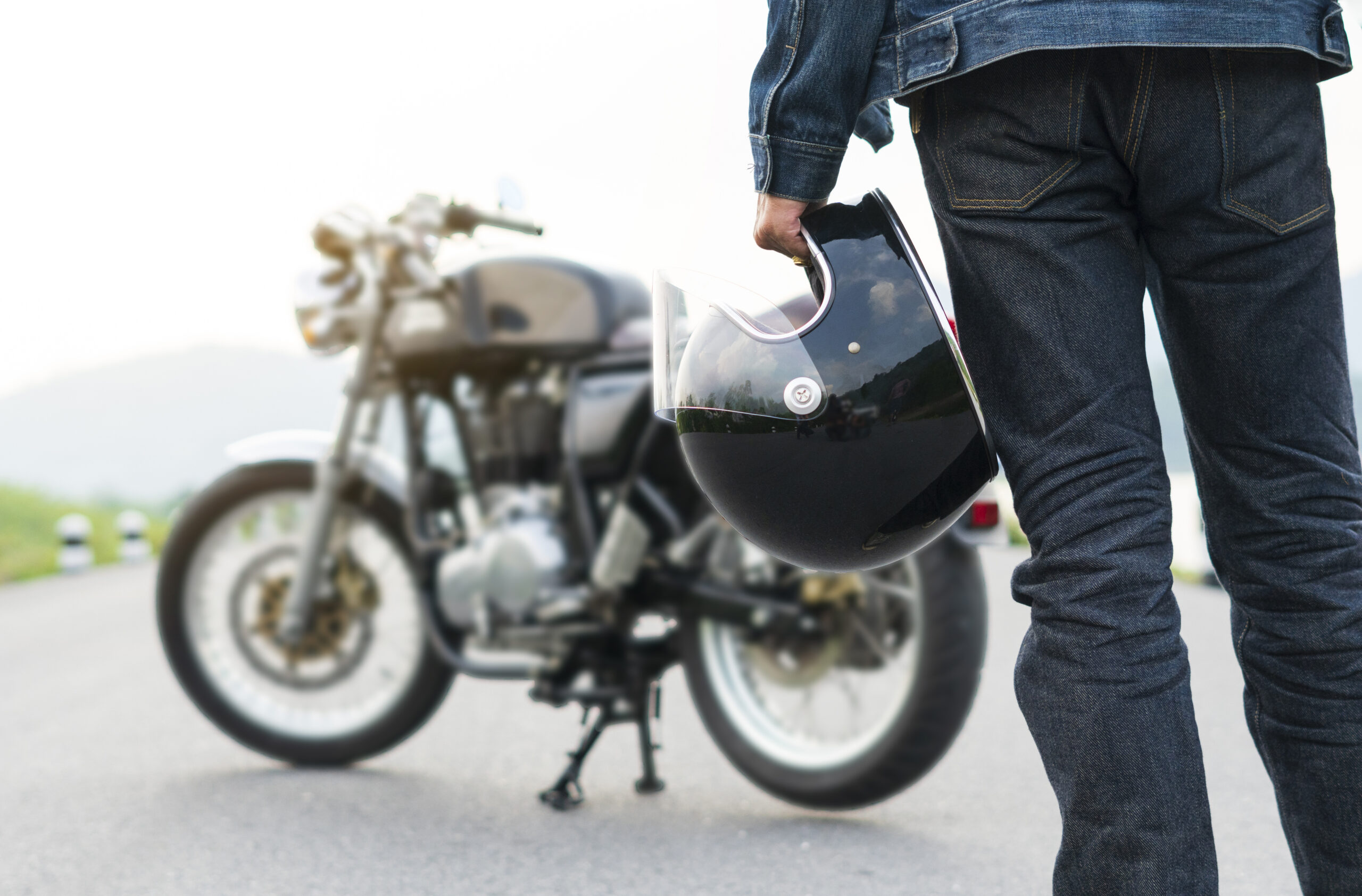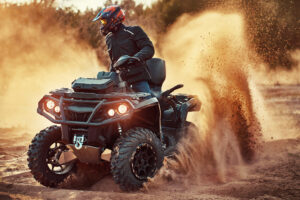Ready for a motorcycle ride? Make sure you wear a helmet; it is a critical safety measure, and, in New Jersey, the law.
New Jersey’s Helmet Law N.J.S.A. 39:3-76.7 requires anyone on a motorcycle to wear a securely fitted protective helmet approved by the federal Department of Transportation. The helmet must have either a neck or chin strap and it must be reflective on each side.
Of all the motorists sharing New Jersey roads, motorcyclists represent the most vulnerable segment.
A motorcyclist is more than 28 times more likely than a passenger car occupant to die in a motor vehicle crash, and five times more likely to be injured, according to the state Division of Highway Traffic Safety.
From 2012 to 2016, there were 12,000 crashes in New Jersey involving motorcycles.
In 2017, 32.5% of motorcycle fatalities involved riders who had been drinking alcohol. There were 2,200 motorcycle drivers involved in crashes in 2016 which resulted in 69 fatalities, according to data from the state Highway Traffic Safety office.
Motorcycle crash facts:
· More than half of the crashes involving another vehicle occurred at intersections
· More than two-thirds occurred when the other vehicle didn’t see the motorcycle
· 90% of the riders involved in crashes had no formal training, according to the Motorcycle Safety Foundation
The benefits of an accredited training program include road test waivers, insurance discounts, and license point deductions.
It’s also recommended motorcycle riders wear eye protection such as goggles or a shield, a long sleeve and abrasion-resistant jacket, over-the-ankle boots, and full-fingered gloves that fit well.
Motorcyclist Safety Tips:
· Drive defensively and always assume motorists can’t see you
· Make yourself visible by wearing brightly colored and reflective clothing
· Give yourself Time and space to react. Don’t tailgate.
· Avoid sudden braking or turning when driving on wet roads
Even low-speed crashes can be fatal. Most riders are going slower than 30 miles per hour when they crash and get injured.
Handlebars must rest below a rider’s shoulders and a rearview mirror is required.
Cooper Levenson is a full-service law firm established in1957. Kathleen F. Beers handles personal injury law and can be reached at kbeers@cooperlevenson.com or (609) 572-7570.









